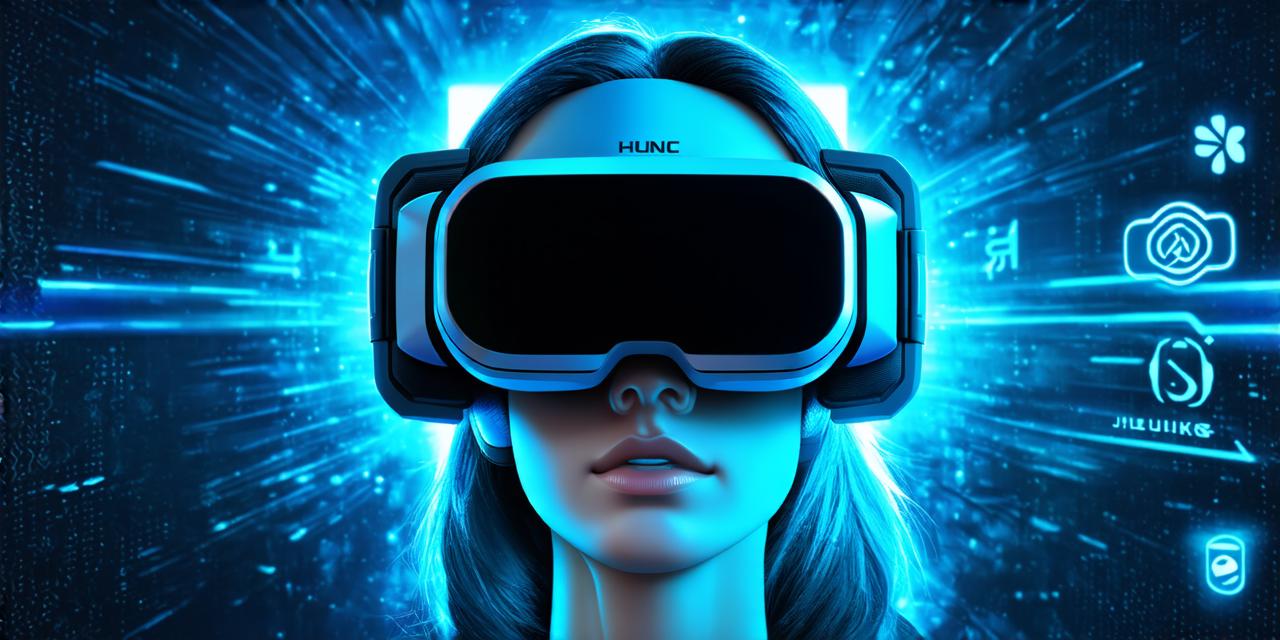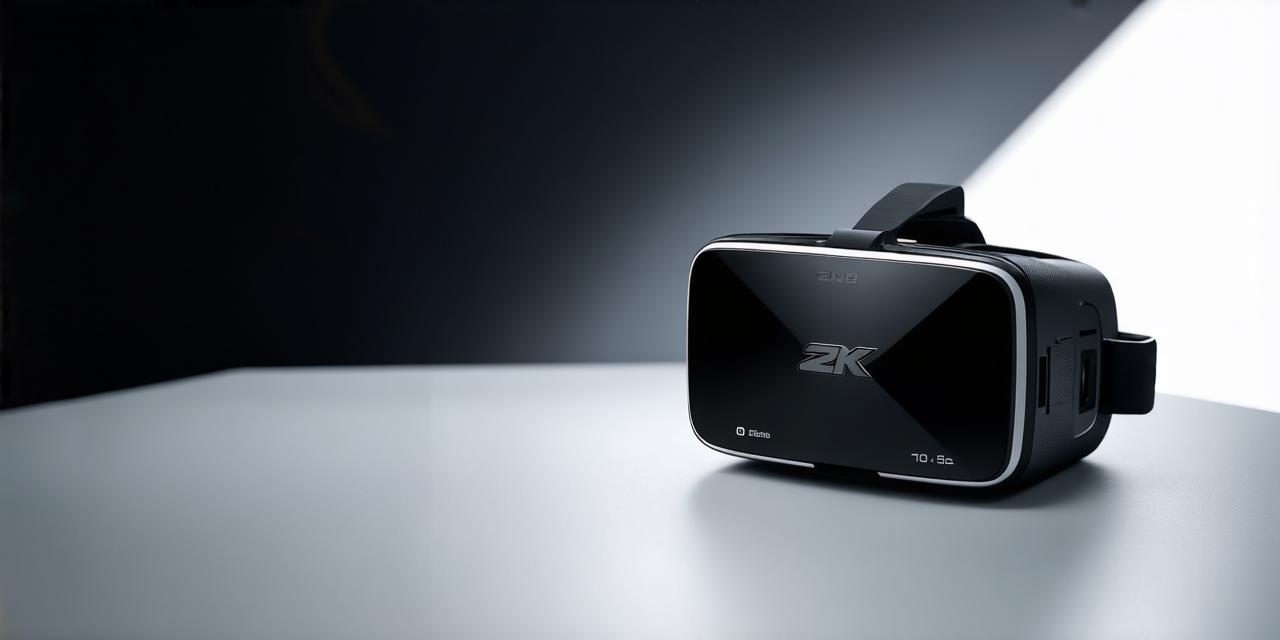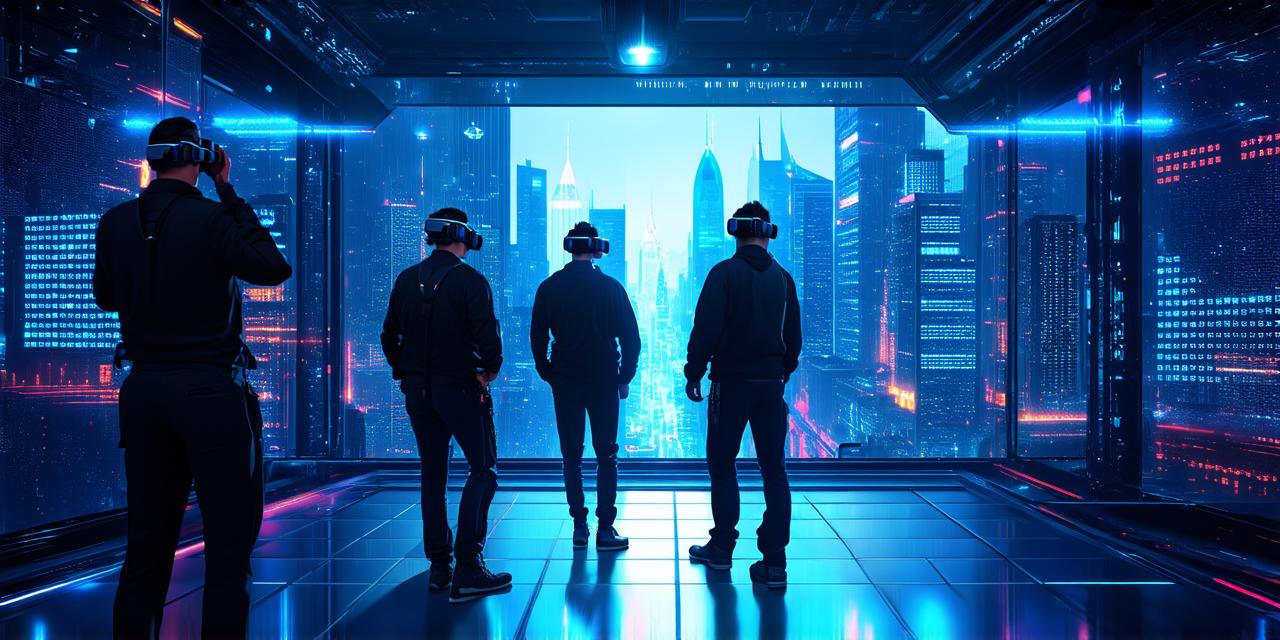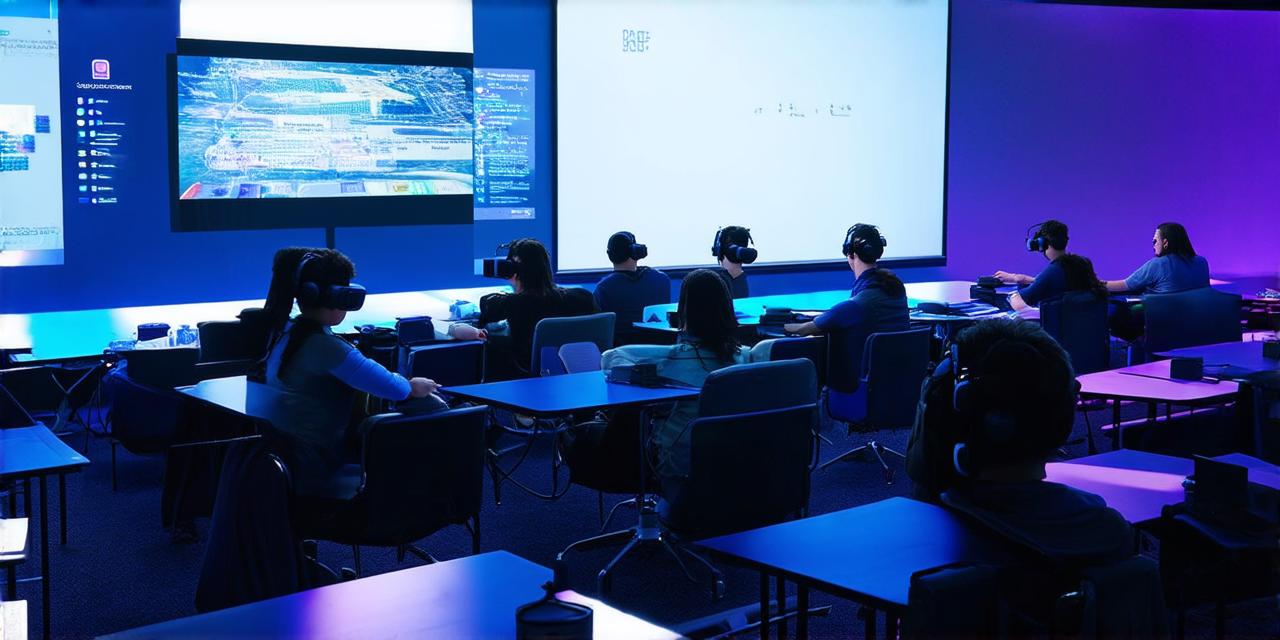Improved Engagement and Motivation
One of the most significant advantages of using virtual reality in education is its ability to increase engagement and motivation among students. Virtual reality provides a unique and immersive learning experience that can help students stay focused and interested in their studies.
For example, imagine a student who is studying biology. Instead of reading about the anatomy of a human body from a textbook, they could put on a VR headset and explore the body in 3D. This would allow them to see how the different organs work together and how they interact with each other.
Virtual reality can also be used to simulate real-world situations, allowing students to practice and apply their knowledge in a safe and controlled environment. For instance, medical students could use VR simulations to practice performing surgeries, while engineering students could use VR to design and test different structures and materials.
Improved Retention and Memory
Another benefit of using virtual reality in education is its ability to improve retention and memory among students. Research has shown that when people learn new information through an immersive experience, they are more likely to remember it later on.
In addition, virtual reality can help students practice and reinforce their learning in a way that is fun and engaging. For example, instead of reading about history from a textbook, they could use VR to explore different periods and cultures in a virtual world.
Improved Accessibility and Inclusivity
Virtual reality can also be used to improve accessibility and inclusivity in education. For instance, students with disabilities or those who are unable to attend classes in person can use VR to participate in lessons and activities from anywhere in the world.
In addition, virtual reality can be used to create inclusive environments where all students feel welcome and valued. For example, a school could use VR to create a virtual classroom where students from different cultural backgrounds and levels of experience can learn together.
Improved Collaboration and Communication
Virtual reality can also be used to improve collaboration and communication among students. For instance, instead of working on a project in person, a group of students could use VR to collaborate on a virtual workspace.
In addition, virtual reality can be used to create immersive simulations that help students practice teamwork and communication skills. For example, a business class could use VR simulations to practice negotiating deals and making presentations in a virtual environment.
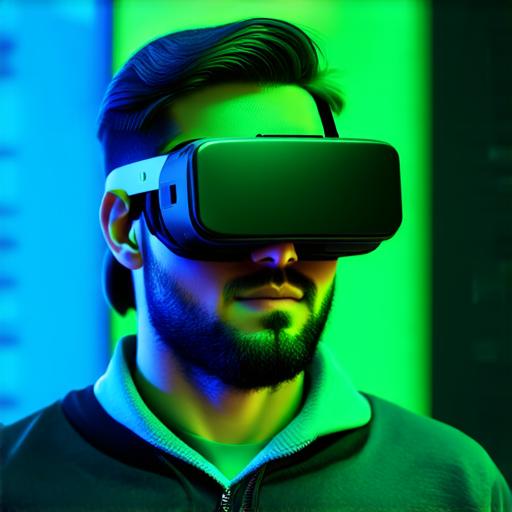
Case Studies and Personal Experiences
To illustrate the benefits of virtual reality in education, let’s look at some real-life examples. One example is the use of VR in science education. In a study conducted by researchers at the University of Illinois, students who used VR simulations to learn about biology showed better retention and understanding of the material compared to those who learned through traditional methods.
Another example is the use of VR in history education. In a study conducted by researchers at the University of Maryland, students who used VR simulations to explore historical events reported higher levels of engagement and motivation compared to those who read about the events from a textbook.
In addition, many schools are already using VR technology to enhance their curriculum. For example, the Los Angeles Unified School District uses VR to provide students with immersive learning experiences in science, history, and other subjects. Students can use VR headsets to explore virtual worlds, conduct experiments, and interact with historical figures and events in a way that is both fun and educational.
Expert Opinions and Research
According to Dr. Richard VanPatten, a professor of Second Language Acquisition at the University of California, Irvine, virtual reality can be an effective tool for language learning. In his book “Virtual Reality and Language Learning,” he writes:
“Virtual reality has the potential to revolutionize language learning by providing immersive and interactive experiences that allow learners to practice their skills in a safe and controlled environment.”
In addition, research conducted by the National Center for Education Statistics shows that students who use technology in the classroom are more likely to perform well academically. This includes virtual reality technology, which can be used to enhance learning and engagement in the classroom.
Conclusion
Virtual reality is a rapidly growing technology that has the potential to transform the way we learn and teach. In this article, we have explored the many benefits of virtual reality for students, including improved engagement and motivation, better retention and memory, increased accessibility and inclusivity, and improved collaboration and communication. We have also looked at real-life examples and expert opinions to illustrate how VR technology is being used in education today.
